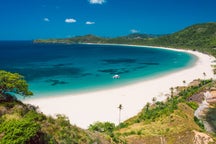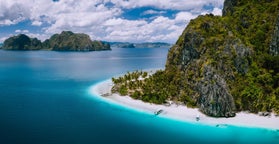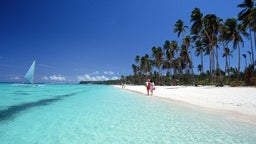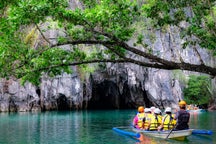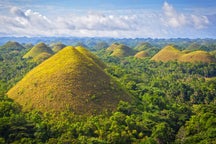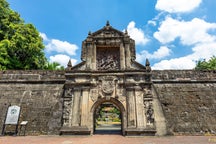
The town is home to the beautiful Bulusan Volcano Natural Park, where visitors can enjoy hiking, trekking, and exploring lush forests, hot springs, and crystal-clear rivers. The park’s diverse flora and fauna, coupled with breathtaking views, make it an ideal destination for eco-tourism.
Irosin town is also known for its vibrant local culture, with the Irosin River serving as the centerpiece of community life. Visitors can immerse themselves in the traditions and warm hospitality of the people while sampling local delicacies, such as laing and fresh seafood.
For a unique experience, don't miss the Irosin Hot Spring, a popular spot for relaxation, where natural thermal waters provide a soothing soak amidst the town's picturesque landscapes.
Whether you're seeking outdoor adventure or a peaceful retreat, Irosin town offers a refreshing escape from the usual tourist trail.


